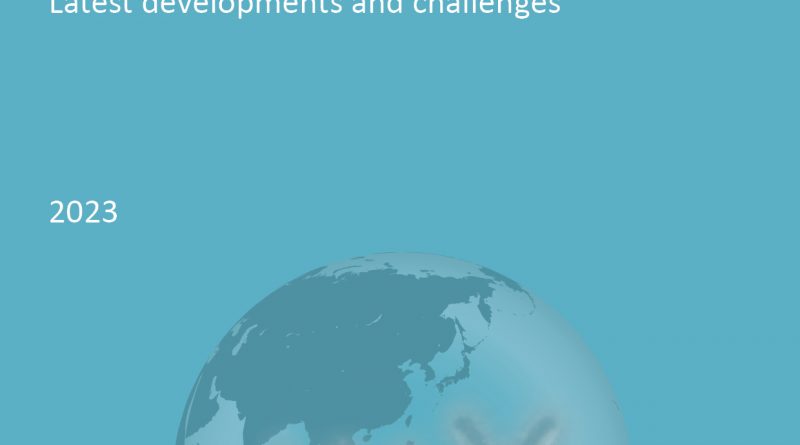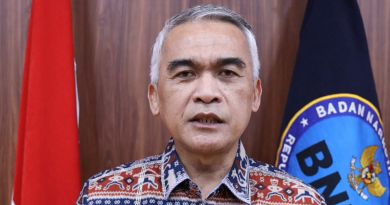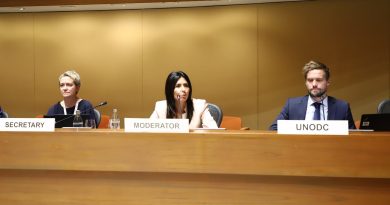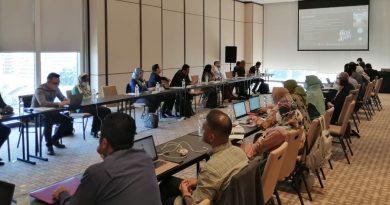UNODC report: East and Southeast Asian synthetic drug supply remains at extreme levels and diversifies
Bangkok (Thailand), 2 June 2023 – A new report from the United Nations Office on Drugs and Crime (UNODC) warns that the synthetic drug market in East and Southeast Asia is diversifying. High volumes of methamphetamine continue to be produced and trafficked in and from the region while the production of ketamine and other synthetic drugs has expanded.
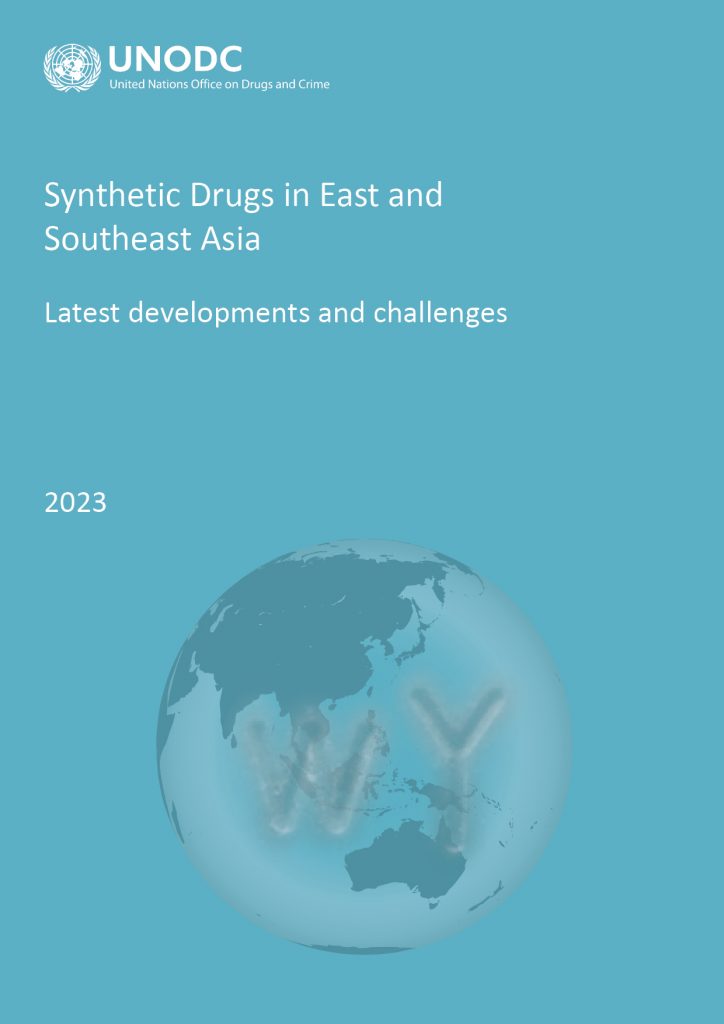
Released today, the report, “Synthetic Drugs in East and Southeast Asia: latest developments and challenges 2023”, confirms an expansion and diversification of synthetic drug production and trafficking in East and Southeast Asia, while trafficking routes have shifted significantly. “Transnational organized crime groups anticipate, adapt and try to circumvent what governments do, and in 2022 we saw them work around Thai borders in the Golden Triangle more than in the past,” remarked Jeremy Douglas, UNODC Regional Representative for Southeast Asia and the Pacific. “Traffickers have continued to ship large volumes through Laos and northern Thailand, but at the same time they have pushed significant supply through central Myanmar to the Andaman Sea where it seems few were looking.” Douglas added, “Criminal groups from across the region also started moving and reconnecting after lengthy pandemic border closures, with late 2022 and early 2023 patterns starting to look similar to 2019.”
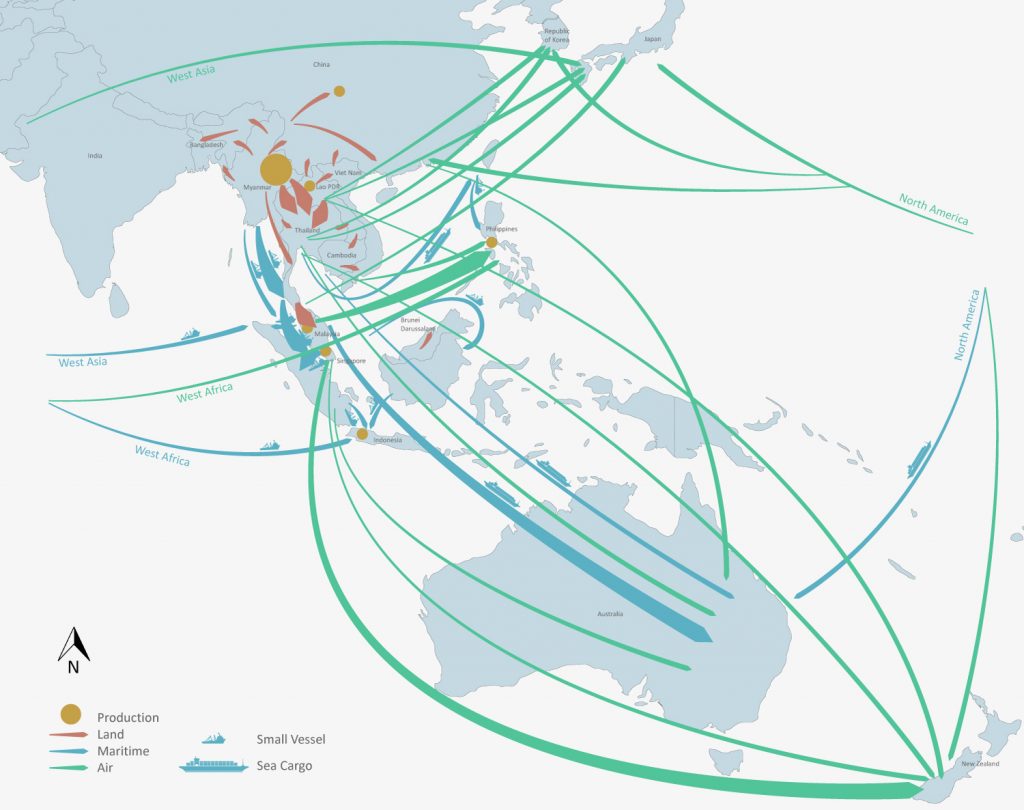
Methamphetamine seizures in 2022 returned to pre-COVID-19 levels in East and SE Asia with nearly 151 tons seized in-part because land borders, particularly in the lower Mekong subregion, remain very vulnerable to the trafficking of related chemicals. At the same time, intensified law enforcement efforts in Yunnan China and along the Thai border with Myanmar resulted in a large drop in methamphetamine seizure levels in China and a slight decrease in Thailand, leading to an increase in use of maritime routes for large shipments. South Asia has also been further integrated into the Southeast Asian market, with methamphetamine trafficked in high volumes from Myanmar into Bangladesh and rising frequency into northeast India. Notably, wholesale and street prices of methamphetamine remained at, or fell to, record lows in 2022 across the region, indicating supply was uninterrupted.
Beyond methamphetamine, the region seized a record 27.4 tons of ketamine in 2022, an increase of 167 per cent, with all countries and territories in the region reporting an increase except Hong Kong, China. Notably, large mixed shipments of methamphetamine and ketamine were seized by authorities across the region, indicating organized crime continue to push the two drugs as a package to grow ketamine demand.
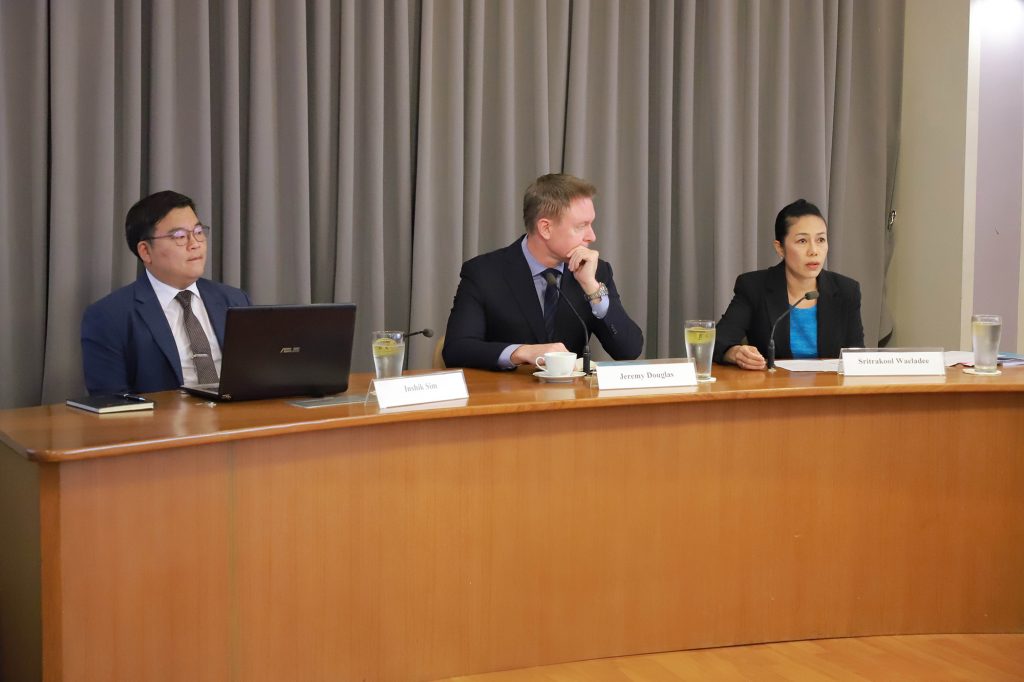
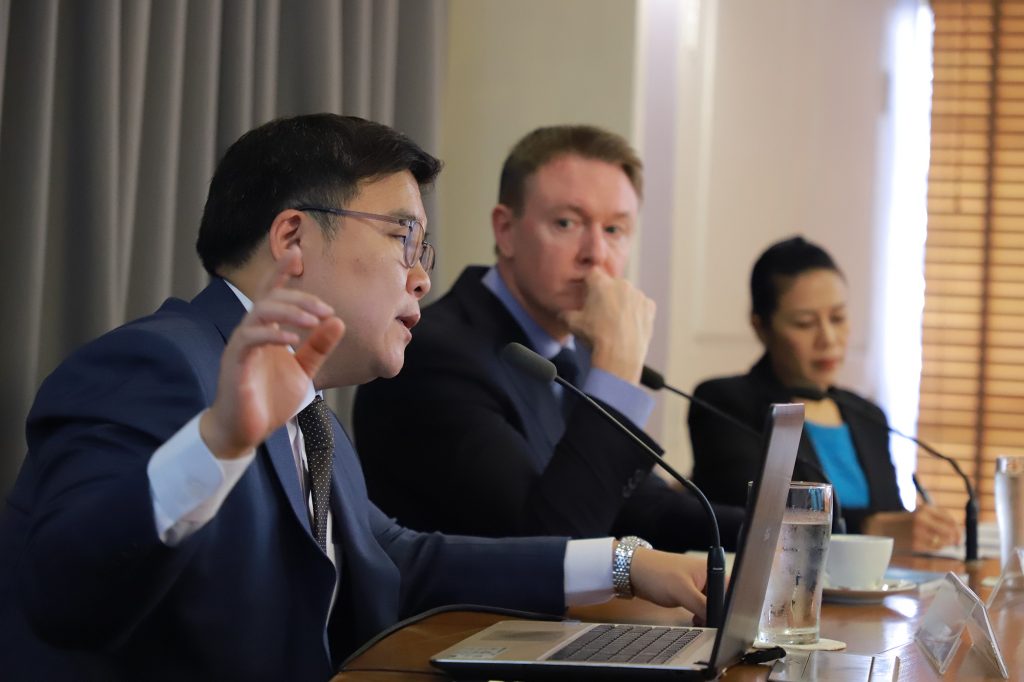
“The ketamine situation in the region in many ways mirrors the supply-driven approach used to expand the methamphetamine market in the mid-2010s” commented Inshik Sim, UNODC Regional Coordinator on Synthetic Drugs. “That being said, information on ketamine use is limited, and it is unclear how widespread it is – research is badly needed.”
At the same time, synthetic drugs containing a mixture of substances and sometimes packaged alongside legal products continue to be found throughout East and Southeast Asia, with serious health consequences for those who knowingly, or unknowingly, consume the products.
UNODC is working closely with countries in East and Southeast Asia to monitor the drug situation, identify drug trends, and provide advice on cooperation, detection, precursor chemical control and public health strategies, as well as help countries collaborate on joint and cross-border operations.

